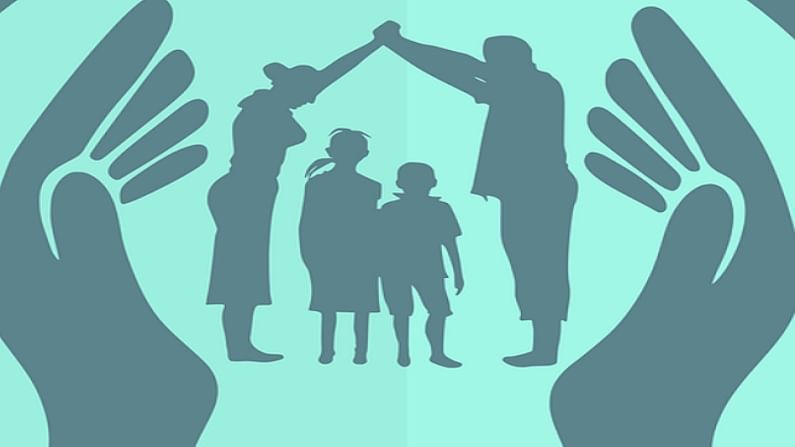Life insurance cover for your child: Know the details
Opting for life insurance for children is quite a common trend among young parents.
- Ankur Sengupta
- Last Updated : September 18, 2021, 12:47 IST

The importance of life insurance is being increasingly felt among a larger part of the population with many young parents buying a policy at a very young age for their child. Buying life insurance for children has become a debated issue in some financial circles. Here are some points on the pros and cons of having a child life insurance coverage. Generally, this type of insurance coverage gives a periodic payout up to a specific sum till the maturity of the policy. Besides, it also gives death coverage. So, if the child dies due to some unforeseen situation, the family will get the whole sum assured.
Additionally, there are term policies for a child too. Due to young age, the premium is comparatively low for a child insurance policy, whether it is a whole life or term insurance policy.
There are multiple pros and cons of having a child life insurance.
Pros
The biggest point of a life insurance policy for a child is that you are guaranteeing that your child will have coverage even if he or she develops a health condition later in life. Plus, insurers often offer riders (at an additional cost) that will allow you or your child to purchase more coverage in the future without having to go through a medical exam or proving insurance coverage.
Also, if something unfortunate happens to the child, then there is at least a financial compensation for the family members.
Low premium
You will never get a lower rate on life insurance than when a child is below 8 years of age. Rates will increase with each year of life. Certainly, one has to pay premiums over a longer period of time but the rates are the lowest due to the early start.
Cash value
A portion of the premiums paid for a whole life insurance policy go toward building cash value. When you buy a policy for a child, a bigger portion of the premium will go toward the cash value because the cost of insurance is low, and there’s more time for the cash value to build, said Arvind Agarwal, an IT consultant.
Future payment
Except term insurance all other life insurance has a payout option after some specific time period. It will allow you to make a plan for your child’s future. The more you invest in a child life insurance you or your child will get more money.
Cons
Although whole life insurance policies build cash value, they do so at a low rate of return. If you buy a policy for a newborn, it usually takes 12-15 years before the cash value equals the premiums paid to break even.
However, if you were to invest in any insurance plan it generally yields a 7% average return. According to Rule 72, the amount you invested would double in 10-11 years. This is quite long for any type of investment.
Long-term commitment
“When you buy a whole life insurance policy, you should expect to be paying premiums for four-five decades. If cash flow becomes tight at any point of life, you will face the heat,” said Nilotpal Banerjee, an investment advisor.
Besides, this amount generally never helps you to make a corpus or invest somewhere, because the amount is generally used for your child’s education or for meeting some other goal, he added.
Pay for future
When you buy any life insurance for your child, you are giving up money that could be used on other things to support the well-being of your child. But you are investing for the distant future of your child, and you might face some cash problem during the tenure, added Banerjee.
Download Money9 App for the latest updates on Personal Finance.
Related
- अब महज 15 दिनों में होगा डेथ क्लेम सेटलमेंट, IRDAI ने बीमा कंपनियों को दिए सख्त निर्देश
- Health insurance vs. Medical corpus: What’s your choice?
- Can Homebuyers Expect Tax Rebate from Budget’24?
- Budget 2024: Insurers anticipate tax reforms in health insurance
- Claim rejected even after completing Moratorium Period?
- Be Monsoon Ready with Home Insurance Damage Cover

